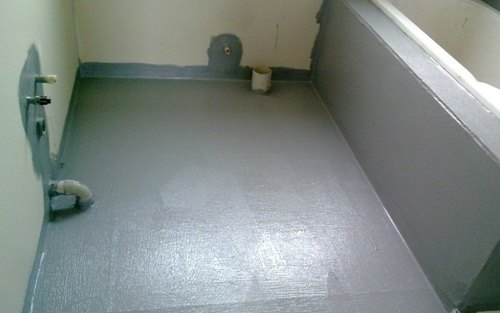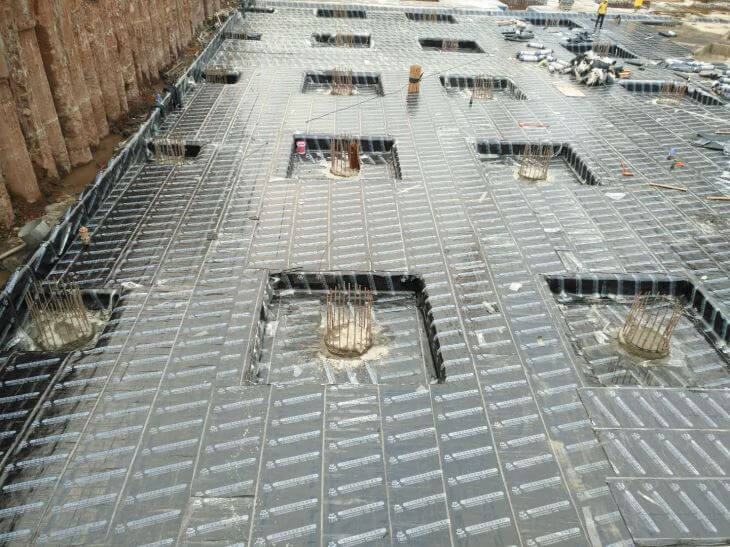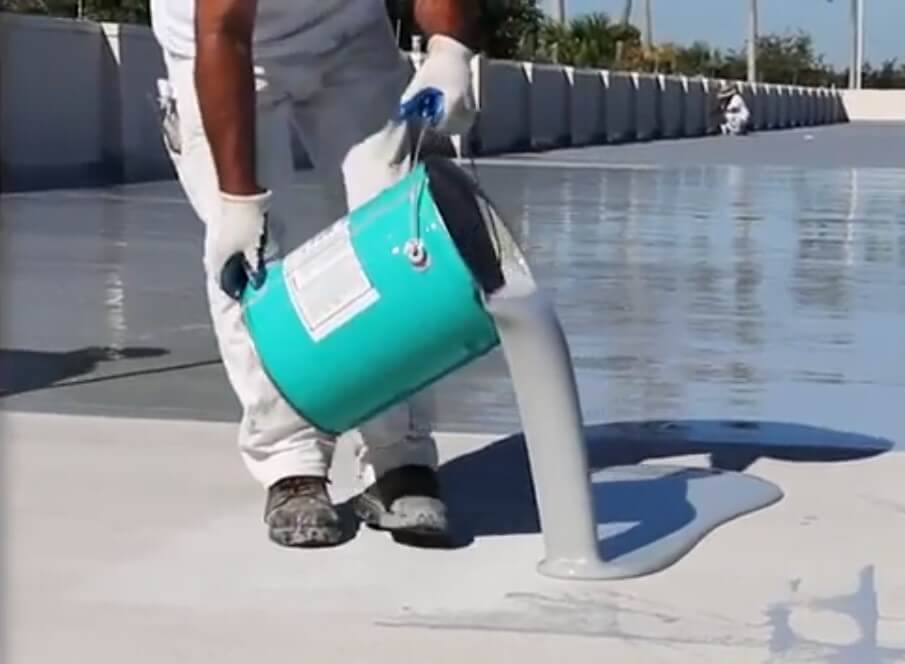What Is Waterproofing?
Important Point
This is the process of making a structure water-resistant or impervious to the ingress of water.
Water-Proofing is essential that prevents water from penetrating buildings also helps to keep the inside areas dry. It helps in reducing the humidity inside the building, minimizing the damage done to furniture and alike.
In areas that experience high annual rainfall and occasional flooding events, water-Proofing is a must. It’s important for foundations and basements to be waterproof, especially in areas where the groundwater table is high.
In the case of a high water table, water from the soil is likely to exert hydrostatic pressure upon the basement walls and floor.
This may force the water through the cracks, which may result in structural damages along with moisture-related problems like mildew, mold, and decay.
During monsoons, we all would have come across water seepages from the walls and ceilings or dampness in the aftermath of flooding.
This is because of poor waterproofing. By waterproofing your house, you can safeguard your building from damage as well as these things inside your house from water and humidity exposure.
Also, read:How to Build a Floating Slab
Types of Waterproofing Methods
The following water-proofing methods are commonly used in construction:
- Bituminous Water-Proofing
- Bituminous Membrane
- Bituminous Coating
- Polyurethane Liquid Membrane
- Cementitious Waterproofing
- Liquid Waterproofing Membrane
Bituminous Waterproofing
Bituminous waterproofing systems are designed to protect commercial buildings and residential. Bitumen is a mixed substance made up of organic liquids that are highly viscous,sticky,and waterproof.
These systems are sometimes used to construct roofs, in the form of roof felt or roll roofing products.
as per below type bituminous waterproofing
• Bituminous Membrane
• Bituminous Coating
Bituminous Membrane
Bituminous membrane waterproofing is a popular method used for low-sloped roofs because of their proven performance.
The bituminous waterproofing membrane has a torch on the membrane along with a self-adhesive membrane. Self-adhesive compounds include asphalt, polymers, and filler; additionally, certain resins and oils could be added to improve adhesion characteristics.
The self-adhesive type has a low shelf life as bonding properties of this membrane reduces with time. Torch on membrane has covered and exposed types.
The exposed membrane frequently has granular mineral aggregate to withstand the wear and tear of this weathering and the other types of membrane. The contractor needs to apply one protective screed to prevent the puncture of the membrane.
Also, read: What Is Plaster | Plaster Ratio | History of Plastering | Requirements of Good Plaster
Bituminous Coating
Bituminous coating is a type of coating used for waterproofing and a flexible protective coat in accordance with its formulation and polymerization grade.
Its flexibility and protection against water could be influenced by the polymer grade as well as reinforcement of fiber.
Bituminous coating is also called an asphalt coating. The most common applications of bituminous coatings include areas that are beneath screed wet.
It’s an excellent protective coating and waterproofing agent, especially on surfaces like concrete foundations. Bituminous coating is made from bitumen-based materials, and it isn’t suitable for exposure to sunlight.
It becomes very brittle and fragile when long exposure to the sunlight unless it’s modified using a more flexible material like polyurethane or acrylic-based polymers.
The flexibility of these finished products always depends on the solid content of this polymer added to the bitumen.
Also, read: Difference Between Carpet Area and Built-up Area
Polyurethane Liquid Membrane
Polyurethane is made up of two elements, reactor, and base. Polyol acts as the base, while isocyanide is your reactor component.
The combination of these two in a specific design ratio creates a liquid coating for waterproofing applications. Polyurethane is a rather popular choice because of its ease of installation.
Unlike other waterproofing systems such as sheet membranes and liquid applied membranes, this polyurethane application requires comparatively less skill and supervision.
Application is fast, and this type of treatment may be used for post-construction applications as well.
It’s easy to install, provides a seamless finish, and has long term durability and wear resistance. It’s UV and weather-resistant alkaline cleaners, battery acid, and fuels.
Also, read: What Is a Field Dry Density Test
Cementitious Waterproofing
Cementitious products are probably the easiest waterproofing materials to use. They are readily available from suppliers of masonry products, and they are easy to mix and apply. When you plan to use this material, a long-handled brush will make your life easier.
Also, spend the extra money to buy an acrylic additive to mix in with the cement product. You will get a more solid, better bonding, and durable coating.
The chief disadvantage is that cementitious products have no given to them, probably because cement just does not stretch to any degree worth mentioning. They’ll stand up fine to a head of water, however, will tolerate almost no joint or crack movement.
Cementitious waterproofing is used in the following type of structures:
- Railway & Subway Systems
- Marine Cargo Ports & Docks
- River Locks/Channels & Concrete Dykes
- Parking Structures & Lots
- Tunnels
- Water Treatment Plants
- Sewage Treatment Plants
- Bridges
- Dams
- Toilet in Flats
Also, read: Testing for Silt Content in Sand
Liquid Waterproofing Membrane
Liquid Roofing is this process of waterproofing a roof from the application of a specialist liquid roof coating. It’s suited to all types of roofs, including flat, domed, and pitched.
Liquid roofing involves the application of a monolithic, fully bonded, liquid-based coating into a roof. The coat cures to form a rubber-like elastomeric waterproof membrane, capable of extending and returning to its original shape without damage.
Such coating systems are usually reinforced with secondary materials like glass-reinforced plastic to provide additional tensile strength.
The coatings may be applied over most traditional roofing materials, including felt, asphalt, concrete, and bitumen.
The process of liquid roof provides a cost-effective way of making a new or existing roof waterproof. It can deliver up to 25 years’ performance depending on the coating system employed.
It’s estimated that liquid roofing is 70% less expensive than overall roof replacement in refurbishment situations.
Waterproofing
Waterproofing is the process of making an object or structure waterproof or water-resistant so that it remains relatively unaffected by water or resisting the ingress of water under specified conditions. Such items may be used in wet environments or underwater to specified depths.
Like this post? Share it with your friends!
Suggested Read –
- Difference Between 33, 43 and 53 Grade Cement
- Difference Between One Way Slab and Two Way Slab | What is Slab
- What Is a Field Dry Density Test | Different Type of Field Density Tests
- What Is Slump Cone Test | Principle of Slump Test | Types of Concrete Slump
- Dog-Legged Staircase | What Is Staircase | Advantages & Disadvantage of Dog-Legged Staircase
Originally posted 2020-03-24 17:42:05.







Leave a Reply